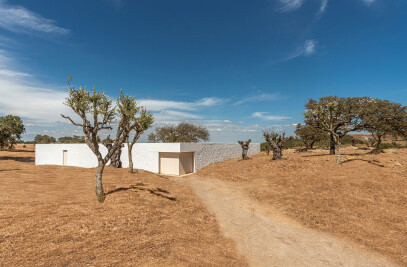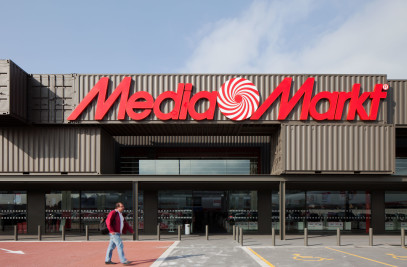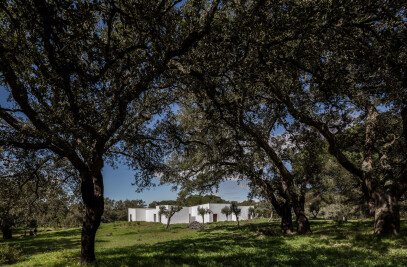Aleppo is the largest city in Syria and regional capital of the most populous constituency (pop. 2,3M) in the Levant. For centuries, Aleppo was the 3rdlargest city of Ottoman Empire, after Constantinople and Cairo. Although relatively close to Damascus, it is distinct in identity, architecture and culture, shaped by a markedly different history and geography. The competition programme for the Opera House and City Library of the Municipality aims to celebrate the city as a unique canvas of the cultural, economic, religions and political interactions across centuries between the east of the Mediterranean, the Middle East and Europe.
With more than 2 hectares and located in a major junction of Aleppo’s centre, –between the Great Mosque and the Fountain Square–, the plot has severe building restrictions. The massing follows almost mechanically the compliance with the planning constrains and program requirements, namely the limitation of the building footprint to 45% of the plot.
All this led to a simple and compact built form. In essence, a rectangular box within which the various functions share the same hall. A semi-transparent drapery of lace, or wickerwork, envelops the “box” behind the structural façade, using an evocative pattern of Aleppo’s historically celebrated motif of pistachio leaves and flower; a pattern whose intricate combinations recurrently migrate from the tradition of tapestry, ceramics and metal work into architecture. The idea of lightness and transparency behind this veiled box is further reinforced by the archway that evolves in a rising sequence touching the ground and finally merging with the dressing theme.
Geometrically conceived as a structural grid of squares and cylinders intersected by arches and spherical domes, a vast open-air portico or pronaos, announces the entry to the building.
The latter, conveying the ceremonial pathos and symbolic solemnity in accordance with the magnitude of this civic structure, is also spatially reminiscent of ambiance of Aleppo’s Souk, imparting the place a sense of being, rather that just passing through. The same principle of intersected archways follows through into the foyers in a unified sequence. The whole public space is therefore based in a threedimensional architectural grammar of Arab and Levantine influence, such as the transition from a monochromatic external surface in stone, to the white concrete and gold-leafed interior space.
Inside, the Opera is an all-time classic auditorium with stalls, boxes and multilevel balconies, with its bulkheads in an acoustic gold-leafed pattern and a large central chandelier.
The library seats on top of this theatre box, thereby concealing part of the volume of the stage tower and technical areas, simultaneously offering the opportunity for a landscaped rooftop courtyard.

































